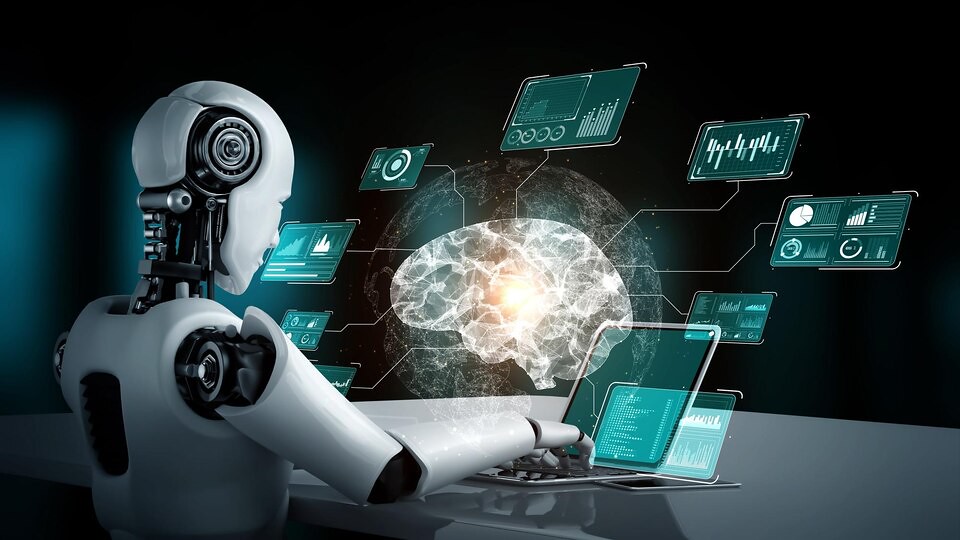
Introduction
Keeping artificial intelligence out of education is more than simply a good idea. It is important if we are to foster any creativity, invention, or talent in humanity’s future. Millennials and Generation Z have taught us that humans will use computers as workarounds to learning rather than as springboards to boost our learning capacity. Instead of enhancing our social skills and connections, social media has been utilized to weaken them.
GPS has undermined our sense of direction and ability to traverse roadways, rather than improving it. While some older people, such as Generation X and boomers, have embraced computers to aid their learning, the younger generations are predominantly using them to circumvent learning.
Define AI Misuse in Education
It is critical to first take a step back and consider the several broad ways in which AI could be exploited in education. While many people may immediately gravitate towards one definition. However, there are various ways that AI could cause more harm than good if not properly developed and regulated.
Understandably, plagiarism is one of the most common educational issues around generational AI. When examining how AI may be appropriately regulated in educational contexts. Also, students could use AI systems to write essays and papers. However, they have not written, and plagiarising existing works or passing off AI-generated content as their own is understandably on their minds.
However, educators must be careful not to fall into the trap of focusing solely on that one issue. Any of these other concerns could be equally destructive to the student or the institution’s reputation. Along with plagiarism, the subject of AI misuse raises other challenges for schools, such as:
Equity and Privacy Concerns
Algorithmic Discrimination and Efficacy
Authorship: appropriate use.
Comparing the Human Learning with AI Learning
Human learning is driven mostly by skills rather than knowledge. As we all know we were all taught that knowledge equals power. The atomic number of Ytterbium (Yb) is 70. Do you feel more strong now? Having more and more information. Using a commodity for any transaction or problem is only effective when it is relevant and easy to apply. Doppler radar is only useful for weather forecasting if you know how to use the information it provides to produce an accurate prediction. Our brains have a strong tendency to focus primarily on knowledge that can be applied. After all, that is exactly what a skill is.
How AI Helps
The actual learning occurs when we make an effort to figure out how the application works. This is the exact opposite of what more and more AI platforms, such as ChatGPT, are aiming to do. When we can just press a button to acquire the answer, our thoughts are relieved of the burden of problem-solving. This is a severe problem. This is because the extra effort required to solve a problem, answer a question, complete an assignment, and so on produces the best learning outcomes. This somewhat unusual obstacle that one faces during learning has been referred to under a variety of terms… Which includes the zone of proximal growth, desired difficulty, Goldilocks zone, and others. It needs to be understood to realize that assignment writing services should promote learning in the surroundings of the service.
Student Struggle
When students start a class, they are often graded on a variety of criteria. Such as homework, participation, tests, quizzes, projects, and attendance. However, this means that even if a student finishes the class with the highest grasp of the material. Therefore, they may still earn a low grade, such as a C or even a D. This is because they did not do enough homework, failed to participate, and so on. Even if a student aced the final test. Which is designed to reflect what they learned over the semester, they may nevertheless receive a low mark.
How Technology Helps Prior
While there are examples of computers being used to provide a productive challenge in programs. Like Brilliant and tutorial learning sites like Khan Academy, they are predominantly the exceptions rather than the rules. They will only work in areas where virtual learning is a viable substitute for concrete learning. If we wish to educate a youngster how to construct, we must do so in the actual world, using blocks, Legos, Lincoln Logs, Tinker Toys, and other tangible building tools. Our minds will be incapable of spatial reasoning, comprehending how different materials hold more or less weight, and so on.
Final Words
If anything, virtual learning is a useful tool once we have acquired the necessary tangible abilities. Rather than a replacement for them. This explains why most of social media‘s older users. Such as middle-aged parents and elderly grandparents, do not appear to be negatively impacted. When we already have a strong skill set, our capacity to spend time in virtual environments without affecting our perception of reality appears to improve.
Students in modern education are awarded for the accuracy of their work rather than the amount of knowledge they gained. The present grading system has fostered the toxic assumption that we are constantly judged on the accuracy of our work. The goal is not to learn from our mistakes, but to avoid them completely. Because of this concern with getting the proper answer, students will take fewer chances, only care about what will be on the test, and will use whatever short-term cramming tactics are necessary to achieve the desired grade. Grades are the types of rewards that encourage the worst behaviors in education today.






